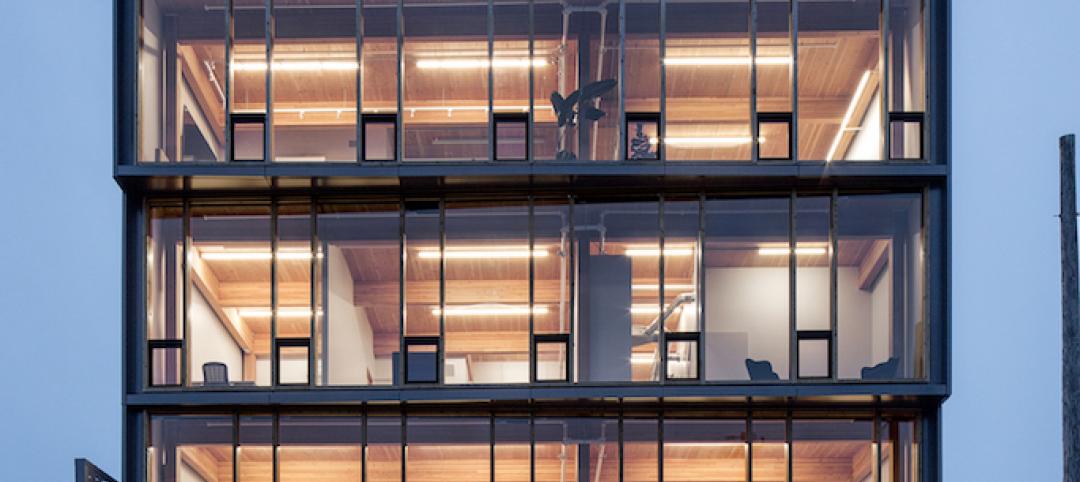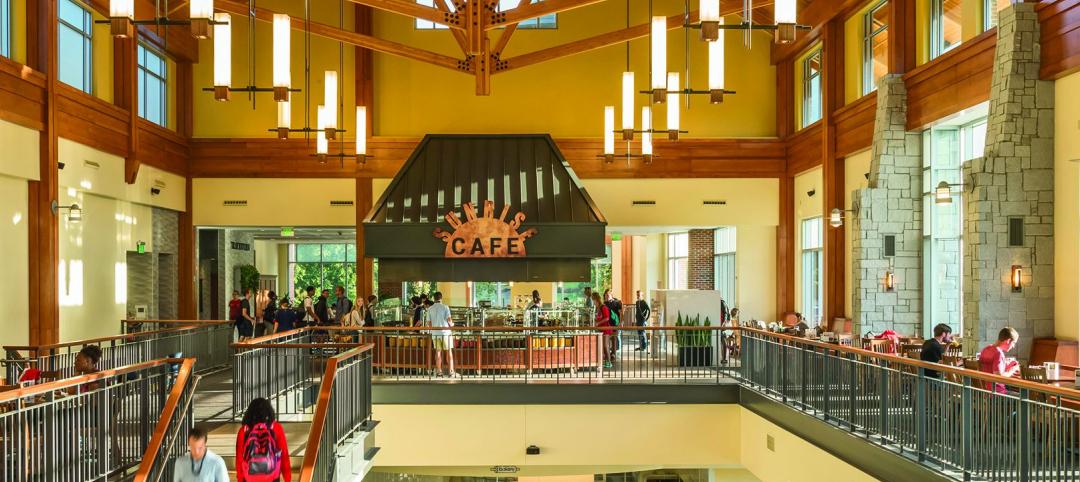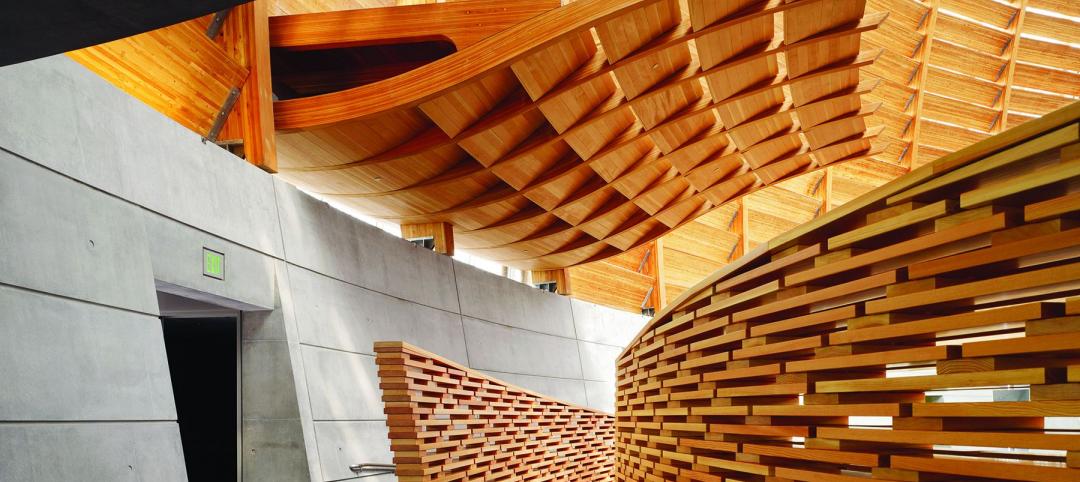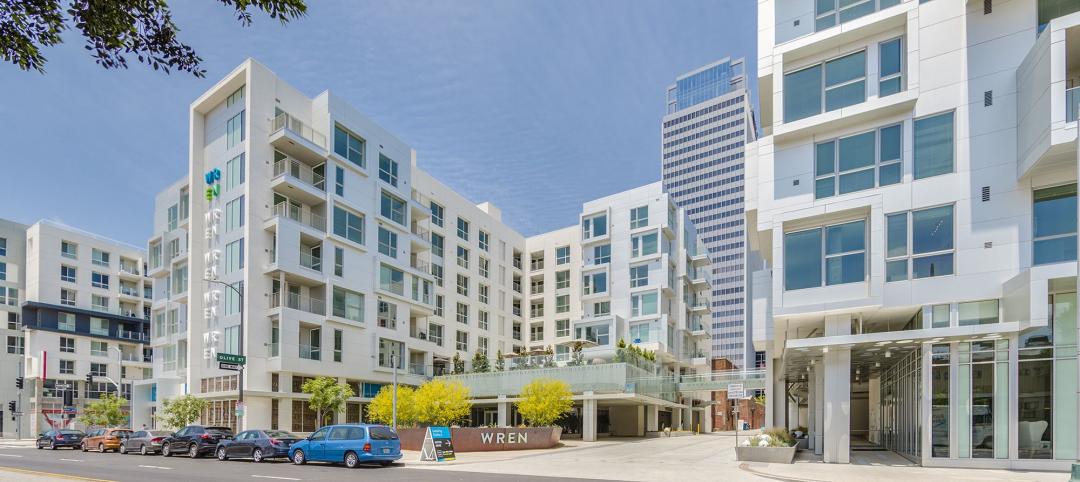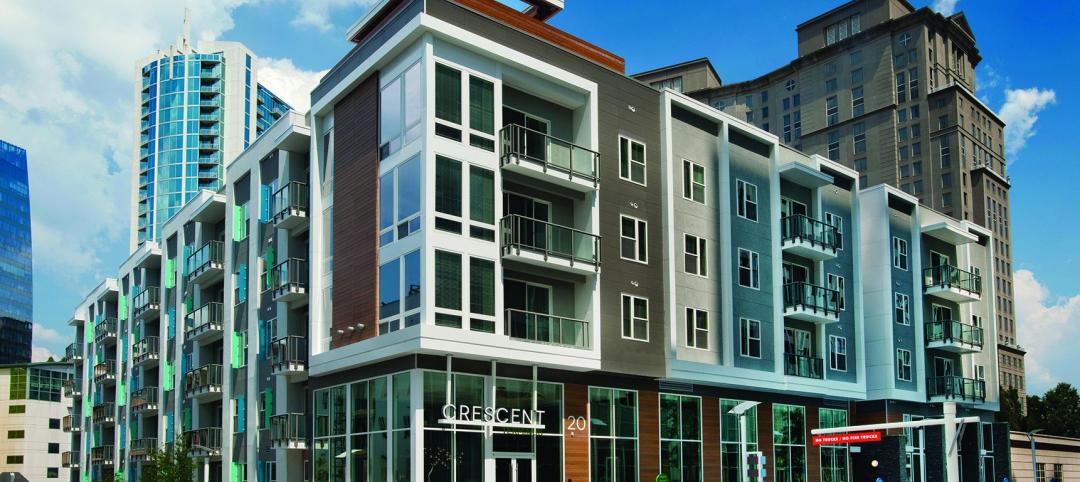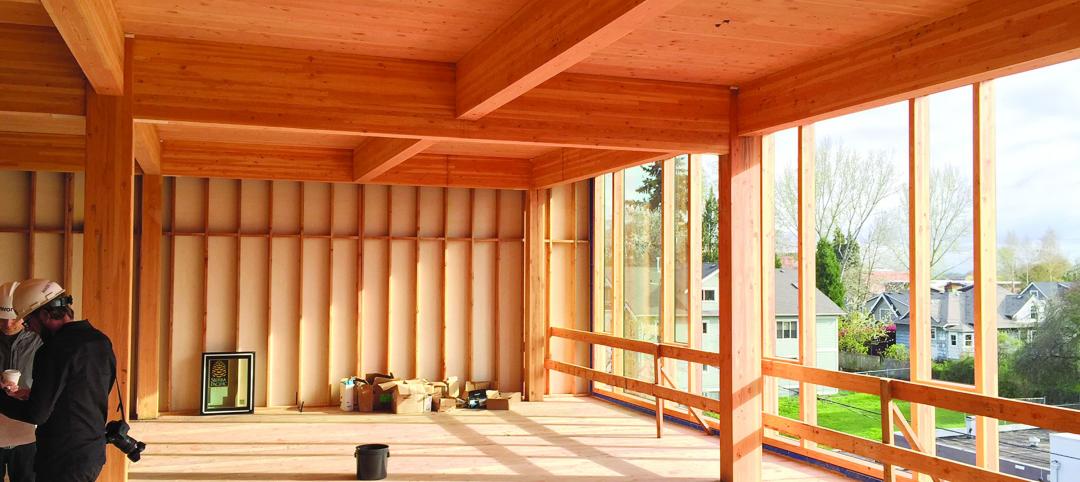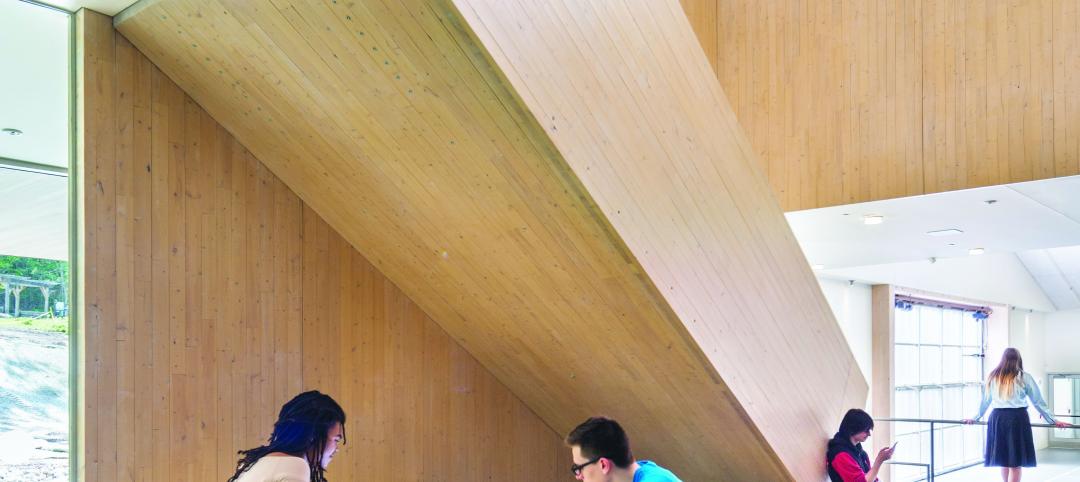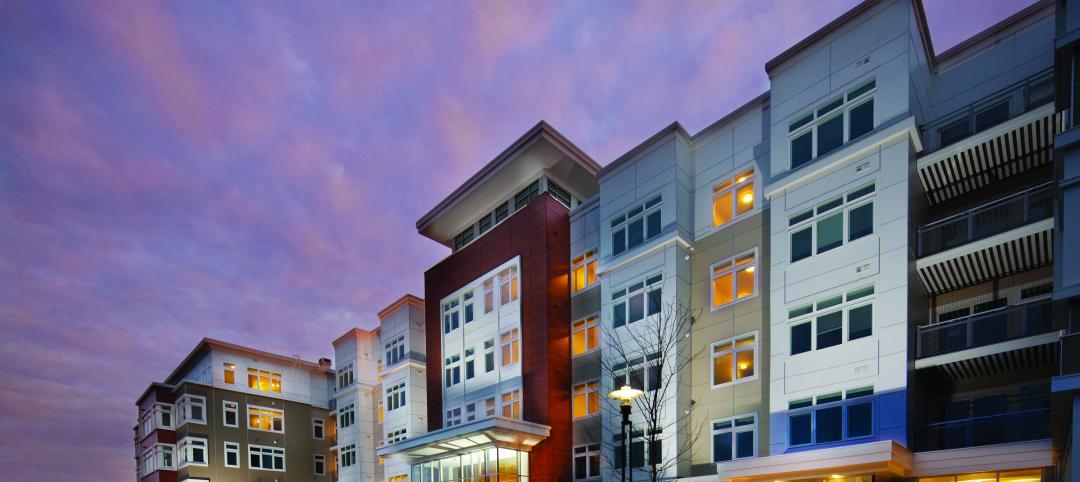The Impact of Wood Use on North American Forests
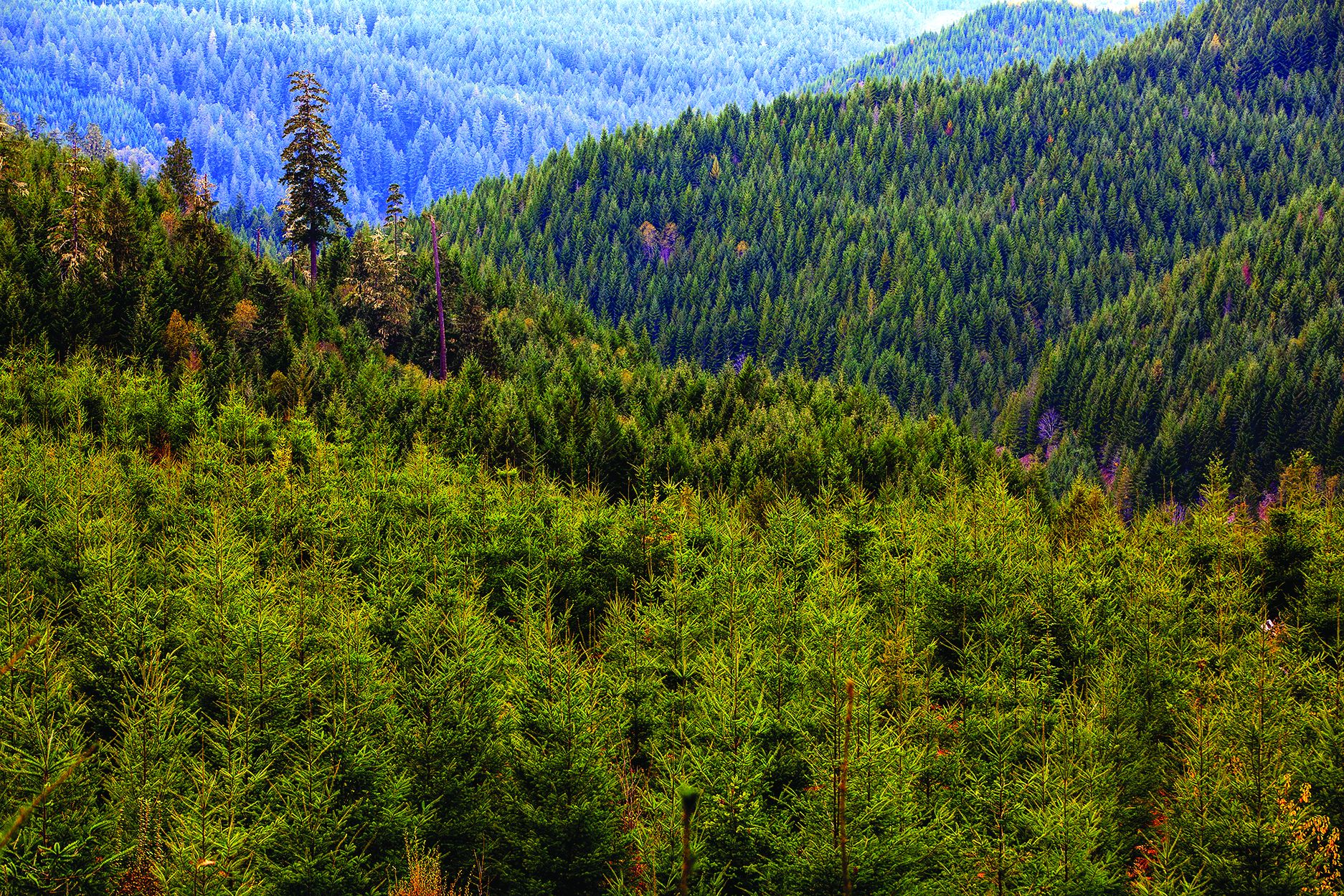
As green building has evolved beyond its initial emphasis on energy efficiency, greater attention has been given to the choice of structural materials and the degree to which they influence a building’s environmental footprint. Increasingly, wood from sustainably managed forests is viewed as a responsible choice—for a number of reasons. Wood grows naturally by harnessing energy from the sun, absorbing carbon dioxide and releasing oxygen. It is renewable and a carbon sink, and outperforms other materials in terms of embodied energy, air and water pollution, and other impact indicators.
But what about the forest? The benefits above notwithstanding, how can building designers be sure that specifying wood doesn’t negatively impact the North American forest resource?
As this course will demonstrate, the answer to that question has several elements. On one hand, North American forest practices are among the world’s best and the amount of forested land, in both the U.S. and Canada, has been stable for decades. On the other, there are threats—such as climate change, increased wildfire, insect infestation and disease, and deforestation due to urban development—which are broader than the forest industry and must be addressed at a societal level. Drawing from a wide range of research publications, the following pages will examine the current state of North American forests, modern forest practices and criteria for sustainability, and consider some of the challenges that could profoundly impact the future of the forest resource. In this context, the course will also discuss why strong markets for wood products provide an incentive for landowners, not only to invest in forest management, but to keep forested land forested even though greater profit can often be made by converting it to other uses.
Learning Objectives:
- Evaluate the use of wood as a construction material in the context of long-term forest sustainability as well as attributes such as low embodied energy and light carbon footprint.
- Discuss forest sustainability measures such as biodiversity, soil and water quality, and harvest vs. net growth.
- Examine the concept that using wood in buildings provides an incentive to landowners to keep forested lands forested instead of converting them to uses such as urban development.
- Compare the carbon benefits of an unmanaged forest vs. a managed forest where timber is used for wood buildings.
More Campus Related Content
Building Materials and Equipment
Wood and Evolving Codes: The 2018 IBC and Emerging Wood Technologies
Increasingly, designers, builders, and building owners are turning to one of our oldest building materials: wood. Valued for its versatility, low…
 course credit: 1.5 AIA LU/HSW
course credit: 1.5 AIA LU/HSW
Provided By: Think Wood
Building Materials and Equipment
Wood and Indoor Environment
The objectives of sustainable design are broader than just environmental effects, having come to embrace issues of human health and performance. Many…
 course credit: 1.0 AIA LU/HSW
course credit: 1.0 AIA LU/HSW
Provided By: Think Wood
Building Materials and Equipment
Thinking Wood as a Material of Choice
Designers today are finding new possibilities in one of the oldest building materials on earth. Wood has always been valued for its beauty, abundance…
 course credit: 1.0 AIA LU/HSW
course credit: 1.0 AIA LU/HSW
Provided By: Think Wood
Building Materials and Equipment
Opportunities for Wood in Low-Rise Commercial Buildings
When designing restaurants, stores, and low-rise offices, certain features come to mind as typical. These buildings tend to have large openings that…
 course credit: 1.0 AIA LU/HSW
course credit: 1.0 AIA LU/HSW
Provided By: Think Wood
Building Materials and Equipment
Multifamily, Mid-Rise Buildings Using Wood Construction
Multifamily housing is an active part of design and construction activity across the U.S. Steel, concrete and masonry typically come to mind as…
 course credit: 1.0 AIA LU/HSW
course credit: 1.0 AIA LU/HSW
Provided By: Think Wood
Building Materials and Equipment
Mid-Rise Wood Construction
Cost-effective, code-compliant and sustainable, mid-rise wood construction is gaining the attention of design professionals nationwide, who see it as…
 course credit: 1.0 AIA LU/HSW
course credit: 1.0 AIA LU/HSW
Provided By: Think Wood
Building Materials and Equipment
Mass Timber in North America
This course is intended for architects and engineers seeking current information on mass timber, including products, research related to structural…
 course credit: 1.5 AIA LU/HSW
course credit: 1.5 AIA LU/HSW
Provided By: Think Wood
Building Materials and Equipment
Designing Modern Wood Schools
This course takes a practical look at the design of wood schools, emphasizing opportunities with traditional wood-frame construction and, in…
 course credit: 1.5 AIA LU/HSW
course credit: 1.5 AIA LU/HSW
Provided By: Think Wood
Building Materials and Equipment
Designing for Fire Protection
Wood construction offers economic, performance and environmental advantages not typically found with other structural materials. Wood is cost…
 course credit: 1.0 AIA LU/HSW
course credit: 1.0 AIA LU/HSW
Provided By: Think Wood
Building Materials and Equipment
Designing for Earthquakes
This continuing education course provides an overview of seismic-resistive design issues in wood-frame buildings with a focus on compliance with the…


